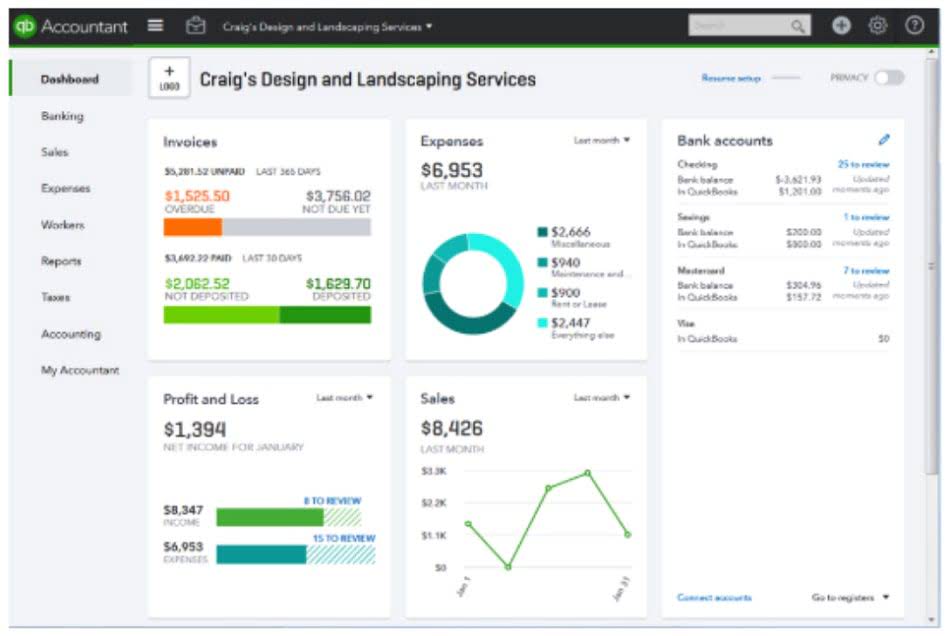
At the balance sheet date, the corporation had cumulative net income after income taxes of $40,000 and had paid cumulative dividends of $12,000, resulting in retained earnings of $28,000. A company’s equity reflects the value of the business, and the retained earnings balance is an important account within equity. To make informed decisions, you need to understand how financial statements like the balance sheet and the income statement impact retained earnings.

Deduct dividend payments
- Let’s look at the stockholders’ equity section of a balance sheet for a corporation that has issued only common stock.
- It involves paying out a nominal amount of dividends and retaining a good portion of the earnings, which offers a win-win.
- Dividends, which are a distribution of a company’s equity to the shareholders, are deducted from net income because the dividend reduces the amount of equity left in the company.
- This can be found in the balance of the previous year, under the shareholder’s equity section on the liability side.
- Retained earnings, at their core, are the portion of a company’s net income that remains after all dividends and distributions to shareholders are paid out.
- Hence, the retained earnings account will increase (credit) or decrease (debit) by the amount of net income or net loss after the journal entry.
Liabilities and stockholders’ equity, to the right of the equal sign, increase on the right or CREDIT side. Though cash dividends are the most common payout, remember that stock dividends are another option. Unlike cash payments, stock dividends don’t immediately impact a company’s bottom line. A statement of retained earnings shows the changes in a business’ equity accounts over time.
How Do You Calculate Retained Earnings on the Balance Sheet?
Say, if the company had a total of 100,000 outstanding shares prior to the stock dividend, it now has 110,000 (100,000 + 0.10×100,000) outstanding shares. So, if you as an investor had a 0.2% (200/100,000) stake in the company prior to the stock dividend, you still own a 0.2% stake (220/110,000). Thus, if the company had a market value of $2 million before the stock dividend declaration, it’s market value still is $2 million after the stock dividend is declared. This is because due to the increase in the number of shares, dilution of the shareholding takes place, which reduces the book value per share. And this reduction in book value per share reduces the market price of the share accordingly. In fact, both management and the investors would want to retain earnings if they are aware that the company has profitable investment opportunities.
How Net Income Impacts Retained Earnings
These are earnings calculated after tax-profit and therefore a company doesn’t have to pay income taxes until a certain amount is saved. Once retained earnings hit a certain limit, the excess amount can be taxed unless the corporation can justify the accumulation. Retained earnings show a credit balance and are recorded on the balance sheet of the company. Retained Earnings are a part of “Shareholders Equity” presented on the “Liabilities side” of the balance sheet as it indicates the company’s liability to the owners or shareholders. Adjustments to retained earnings are made by first calculating the amount that needs adjustment.
- Regardless of what elements are present in the business transaction, a journal entry will always have AT least one debit and one credit.
- Capital stock is a term that encompasses both common stock and preferred stock.
- One of the most essential facts of business is that companies need capital to grow.
- On the other hand, retained earnings is a “bottom-line” reporting account that is only calculated after all other calculations have been settled.
- Hence any amount remaining after the payment of shareholder’s dividends is considered retained earnings.
- Retained earnings are profits a company keeps instead of paying to shareholders as dividends, crucial for growth.
- They go up whenever your company earns a profit, and down every time you withdraw some of those profits in the form of dividend payouts.

The Retained Earnings account can be negative due to large, cumulative net losses. Any item that impacts net income (or net loss) will impact is retained earnings a debit or credit the retained earnings. Such items include sales revenue, cost of goods sold (COGS), depreciation, and necessary operating expenses.

Retained earnings can be used to pay off existing outstanding debts or loans that your business owes. If significant capital investments are anticipated, retaining earnings to cover these costs can be more advantageous than external financing. Businesses use this equity to fund expensive asset purchases, add a product line, or buy a competitor. Having working capital can mean having funds to invest in new technologies and growth. We’ve got you covered from understanding working capital to making the most of it.

Since revenue is the income earned by a company, it is the income generated before the cost of goods sold (COGS), operating expenses, capital costs, and taxes are deducted. Net income increases Retained Earnings, while net losses and dividends decrease Retained Earnings in any given year. Thus, the balance in Retained Earnings represents the corporation’s accumulated net income not distributed to stockholders. Once your cost of goods sold, expenses, and any liabilities are covered, you have to pay out cash dividends to shareholders. The money that’s left after you’ve paid your shareholders is held onto (or “retained”) by the business.
This result is your net income, showing what the company earns after covering all its costs. For the past 52 years, Harold Averkamp (CPA, MBA) hasworked as an accounting supervisor, manager, consultant, university instructor, and innovator in teaching accounting online. For the past 52 years, Harold Averkamp (CPA, MBA) has worked as an accounting supervisor, manager, consultant, university instructor, and innovator in teaching accounting online.
Are Retained Earnings a Type of Equity?
- However, you need to transfer the amount from the retained earnings part of the balance sheet to the paid-in capital.
- Management and shareholders may want the company to retain earnings for several different reasons.
- In addition to considering revenue, it is impacted by the company’s cost of goods sold, operating expenses, taxes, interest, depreciation, and other costs.
- Retained earnings is a figure used to analyze a company’s longer-term finances.
Dividend payments can vary widely, depending on the company and the firm’s industry. Established businesses that generate consistent earnings make larger dividend payouts, on average, because they have larger retained earnings balances in place. However, a startup business may retain all of the company earnings to fund growth. One of the most essential facts of business is that companies need capital to grow. For many companies, some of that capital comes from retained earnings—the portion of profits a company keeps instead of paying it out to shareholders. Investors pay close attention to retained earnings since the account shows how much money is available for reinvestment back in the company and how much is available to pay dividends to shareholders.
This is to say that the total market value of the company should not change. The retained earnings amount can also be used for share repurchase to improve the value of your company stock. When it comes to investors, they are interested in earning maximum returns on their investments.